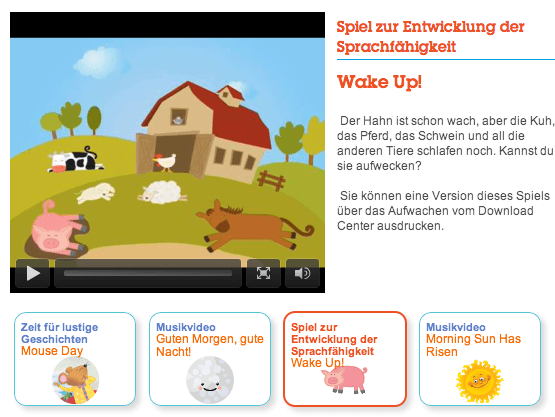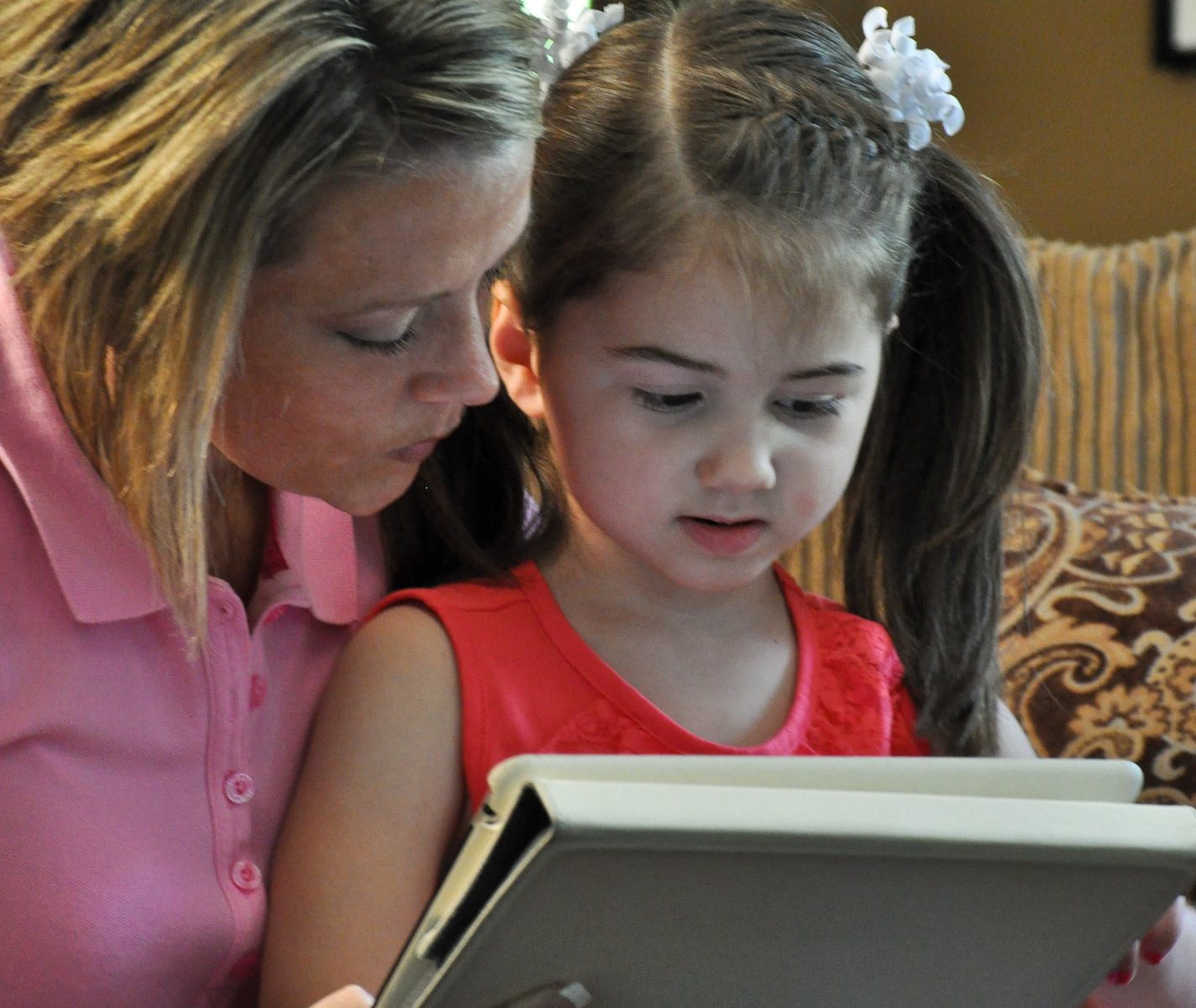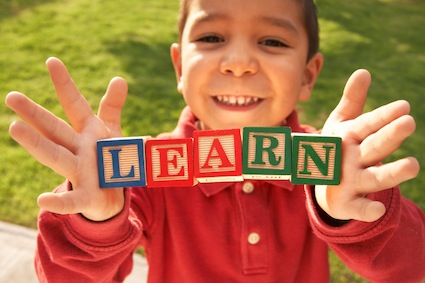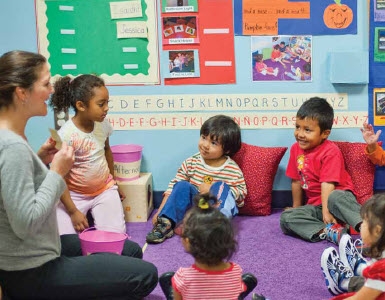One of the key attributes of a learner is that the quest for knowledge continues throughout the year—whether you are a 4-year-old learning how to write letters, a teacher attending a training on how to implement a new preschool curriculum, or even an childcare administrator uncovering ways to make your program more effective. As creators of daycare curriculum and other early childhood programs, we continue to monitor and implement the latest findings on how children learn. So, we loved hearing how one of the leaders in universal PreK programs in the United States, commissioned a study to find out how they can better reach children and families.
Georgia’s PreK program looks for ways to improve preschool curriculum
With one of the few state-funded universal PreK programs, Georgia’s PreK program  reached 94,000 children throughout the 2011-2012 school year in local school systems, private preschools, and blended Head Start/Georgia’s PreK classrooms. However, Bright from the Start, who administers Georgia’s PreK program, wanted to evaluate the program and uncover ways to increase its effectiveness. In partnership with the Frank Porter Graham Child Development Institute, they conducted an evaluation study during the 2011-2012 school year. The study included a random sample of 100 PreK classrooms in the program and assessments
reached 94,000 children throughout the 2011-2012 school year in local school systems, private preschools, and blended Head Start/Georgia’s PreK classrooms. However, Bright from the Start, who administers Georgia’s PreK program, wanted to evaluate the program and uncover ways to increase its effectiveness. In partnership with the Frank Porter Graham Child Development Institute, they conducted an evaluation study during the 2011-2012 school year. The study included a random sample of 100 PreK classrooms in the program and assessments
of the language, literacy, math, general knowledge, and behavioral skills of a sample of 509 children.
As published in the Children’s Growth and Classroom Experiences in Georgia’s PreK Program report, the researchers uncovered interesting findings:
Children’s outcomes
- Children exhibited significant growth during their PreK year across all domains of learning, including language and literacy skills, math skills, general knowledge, and behavioral skills.
- Children who were Spanish‐speaking dual language learners showed growth in skills in both English and Spanish, although their growth tended to be greater in English.
“For many areas, this indicated that they progressed at an even faster rate than would be expected for normal developmental growth,” explained senior scientist Ellen Peisner-Feinberg in a press release.
Two ways to improve Georgia’s PreK program
The report showed that English proficiency, number of English Language Learners in the classroom, and attendance of a PreK program in a local school system predicted greater growth in skills. In addition, researchers identified two ways to improve the overall effectiveness of the preschool curriculum.
- Reduce class size
- Add bilingual supports during classroom experiences
Preschool curriculum offers bilingual support
ABC Music & Me uses music to promote school-readiness and skills development, including early literacy and language development and social skills in young children. The research-based childcare curriculum aligns with state standards, including the Common Core, and can be especially beneficial for English Language Learners. In addition to our “English Language Learners Strategies Guide” that provides unit-by-unit, lesson-by-lesson tips and tools to use in the classroom, ABC Music & Me includes materials in English and Spanish to increase parent involvement and support the common language spoken in the home.
For more information about using ABC Music & Me as a daycare or preschool curriculum, email us at info@abcmusicandme.com.
 Research shows that music can be an effective vehicle for teaching English to children. Finger plays, traditional nursery rhymes, and songs reinforce phonemic awareness, support vocabulary acquisition, and give English Language Learners practice in speaking or singing in a continuous flow. So, turn up the music (and the English language learning!) with these four family-friendly favorites.
Research shows that music can be an effective vehicle for teaching English to children. Finger plays, traditional nursery rhymes, and songs reinforce phonemic awareness, support vocabulary acquisition, and give English Language Learners practice in speaking or singing in a continuous flow. So, turn up the music (and the English language learning!) with these four family-friendly favorites. Looking for more ESL activities for kids or an English Language Learners curriculum? ABC English & Me uses music, movement, activities, and puppets to teach early learners English. Plus, Kindermusik@Home provides families with music, stories, and activities to do together at home to strengthen the learning.
Looking for more ESL activities for kids or an English Language Learners curriculum? ABC English & Me uses music, movement, activities, and puppets to teach early learners English. Plus, Kindermusik@Home provides families with music, stories, and activities to do together at home to strengthen the learning.

















